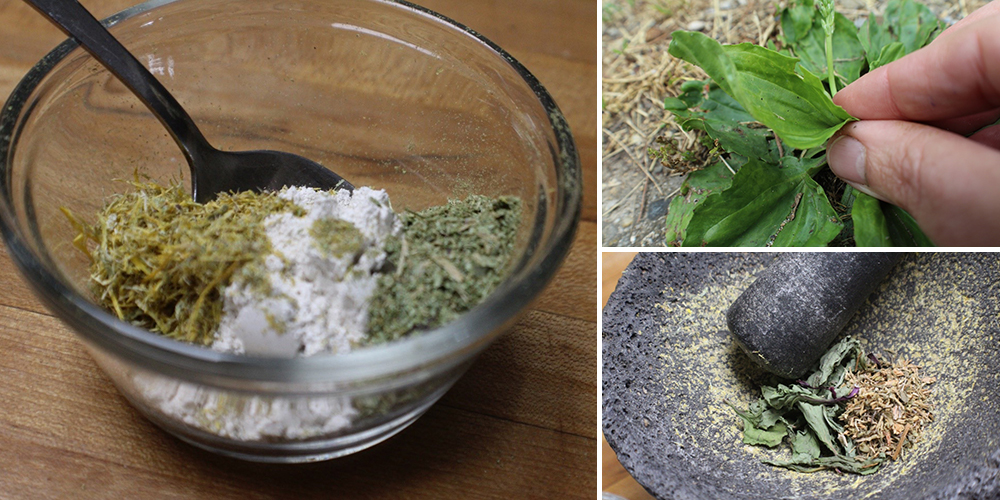
Homemade Bug Bite Powder
Whether you love bugs (some do) or hate them, summertime will bring them out of the woodwork… quite literally. And even if you are more than willing to share your world with them, you or your little ones could suffer a bite or sting.
You will inevitably cross paths with a stinging or biting insect occasionally. It’s impossible to avoid the little buggers altogether. However, you can be prepared in case that happens. You see, mother nature doesn’t just give us the bugs and the bees; she also provides plenty of herbs for bug bites too. In this article, I will show you how to use skin-soothing herbs and other wholesome ingredients to make an easy-to-use DIY bug-bite remedy.
We will start by examining the ingredients used in this natural bug bite remedy, as each one serves a distinctive purpose. Then, I’ll show you how to combine them to make a homemade bug bite powder that relieves symptoms of bug bites and stings and promotes skin healing.
Herbs For Bug Bites
Several herbs can be employed to help soothe bug bites and stings. Some have the ability to relieve stinging and itching, while others draw out poison and help control swelling. I chose these specific herbs because they are (a): abundant and easy to find and (b) VERY effective. In fact, some are so plentiful; they can be found right outside your back door, so long as there isn’t snow on the ground. For example, some may call plantain a weed, but “magical skin plant” would be a more fitting name.
Plantain (Plantago major)
The plantain leaf is well-known by herbalists for its wound-healing properties. It acts as a drawing agent, removing bacteria and poison from the wound, be it from a bug bite, sting, cut, or scrape. Plantain leaves are also demulcent, producing a protective film that safeguards the open wound from intruding bacteria. They are also anti-inflammatory and antimicrobial, making them the perfect ally for caring for bites and stings. For this recipe, I foraged these plantain leaves from my backyard. Before using them, I let them dry for three days.
 Calendula (Calendula officinalis)
Calendula (Calendula officinalis)
The beauty of the calendula flower tells of its medicinal gifts. Calendula beautifies the skin by increasing the flow of oxygen and blood to the skin, speeding up healing, and helping the skin grow new healthy tissue. It’s also anti-inflammatory, antioxidant, and incredibly moisturizing, which is why it’s so often added to moisturizers. And as if that’s not enough to convince you it belongs in your bug bite remedy, you should know it’s antimicrobial and antiseptic and helps eliminate itching too.
 Chickweed (Stellaria media)
Chickweed (Stellaria media)
Chickweed is one of the best herbs for soothing the skin. It has unique cooling properties that help draw out heat, reducing redness and irritation. Its anti-inflammatory and astringent properties further help reduce swelling and pain, and its antibacterial agents help keep the wound clean. Chickweed is known to soothe itchiness like no other herb, and it’s sometimes found growing year-round in warmer temperate climates.
To protect yourself from tick bites, make sure you wear long sleeves and long pants when walking in the woods. For more information on Lyme disease, see our Lyme Disease Protocol.
Other Natural Bug Bite Soothers
White Kaolin Clay
White clay is a powder that can easily be purchased online or at your local health store. China clay and White clay are other names for this type of clay. The mineral kaolinite, a layered silicate mineral, makes up most of the kaolin clay. This particular clay is known to be antibacterial and moisturizing. Kaolin is incredibly mild and is said to be the gentlest clay, which is why it’s so often used in cosmetics. Kaolin clay helps to soothe skin irritation and minimize redness while drawing out toxins and infection.
There are technically two ways you can use your homemade bug bite remedy. If you want the mixture to be more of a paste, add some liquid to it and apply it to the wound with a dressing or by itself if you wish.
Homemade Bug Bite Powder
In order to make your bug bite powder, you’ll need a few tools and ingredients.
You will need:
- 2 tablespoons of white kaolin clay
- 1 tablespoon of dried calendula flowers
- 1 tablespoon of dried chickweed
- 1 tablespoon of dried plantain leaves
- A small bowl and spoon for mixing your powder
- A mortar and pestle or herb grinder
- A storage container with a lid
Instructions
Step 1. To begin, place the white clay into the mixing bowl.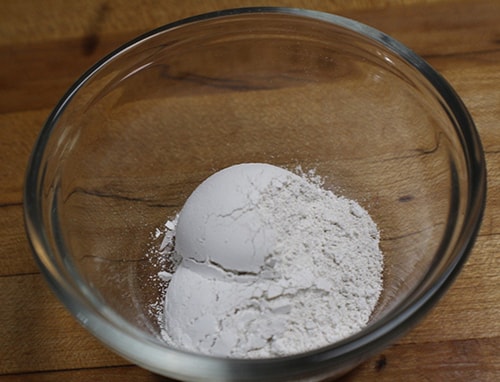
Step 2. To continue, place your calendula flowers into a mortar or herb grinder. It’s best to grind them separately as they can be difficult to crush. Grind them until they become as close to a powder as you can get. Herb grinders will obviously do a better job at this, but if you keep at it, the same fine powder can be achieved with a quality mortar and pestle.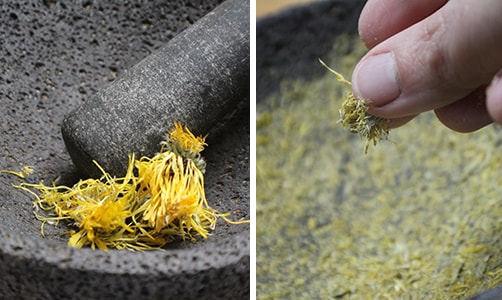
Step 3. Repeat the same process with the dried chickweed and plantain leaves. Grinding these two together was easy for me. It’s not a big deal if there are a few chunks in the mixture, but you can use a screen to make it finer if you prefer.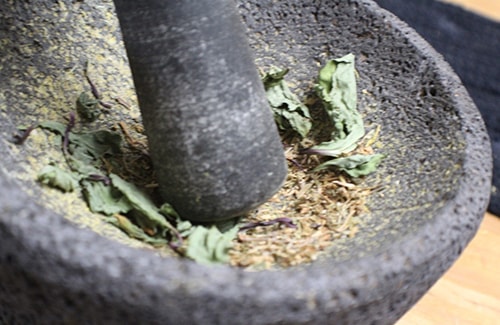
Step 4. Add all of the ground herbs to the kaolin clay powder and mix it together.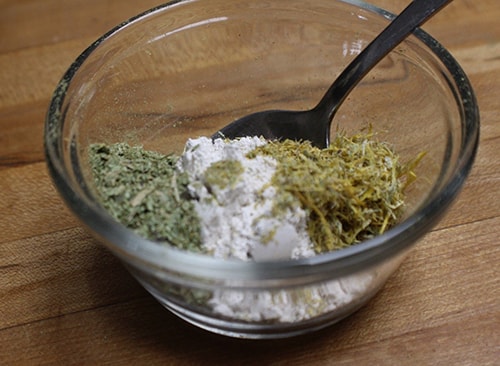
Step 5: Once you have made your bug bite powder, you may store it in a container with a lid and use it whenever necessary to treat bites and stings.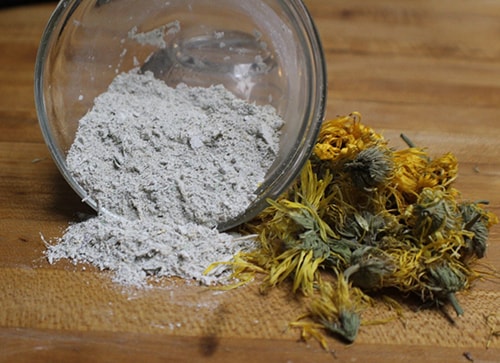
How to Use
Remember that you can choose to use this bug bite powder dry or add wet ingredients like aloe or herbal tea to make a paste. You’ll likely find there are times when both are appropriate.
Using Dry Bug Bite Powder
You can apply the powder directly to the offending spot. This will help soothe itching, alleviate redness and swelling, and remove toxins from the bite or sting.
- Clean the affected area with mild soap and water.
- Take a small amount of the bug bite powder and apply it directly to the bug bite or sting.
- Gently rub the powder into the skin, covering the entire affected area.
- Leave the powder on the skin and allow it to absorb any toxins or irritants.
- Reapply the powder as needed to provide relief from itching, reduce redness, and help with healing.
Using Wet Bug Bite Paste
As a second option, you can mix a pinch of the clay with a liquid such as calendula tea, aloe gel, or witch hazel to make a paste that you apply directly on the bug bite and let air dry.
- Clean the affected area with mild soap and water.
- Take a pinch of the bug bite powder and mix it with a small amount of liquid to create a paste.
- Apply the paste directly to the bug bite or sting.
- Allow the paste to air dry or cover it with a bandage for added protection.
- Reapply the paste as needed to alleviate symptoms and promote healing.
Final Thoughts
This homemade bug bite remedy harnesses the power of skin-soothing herbs and natural ingredients to provide relief from bug bites and stings. And if you make this recipe, let us know how it goes and if you did anything different in the comments below.






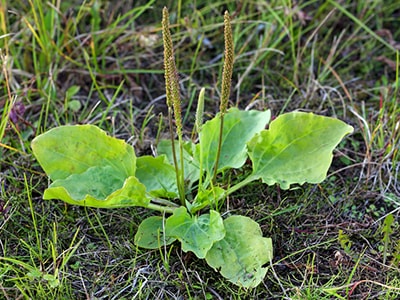
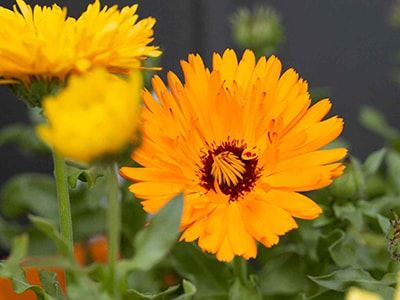 Calendula (Calendula officinalis)
Calendula (Calendula officinalis)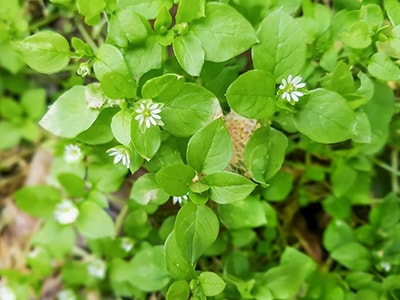 Chickweed (Stellaria media)
Chickweed (Stellaria media)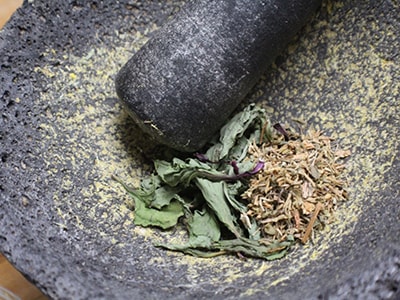
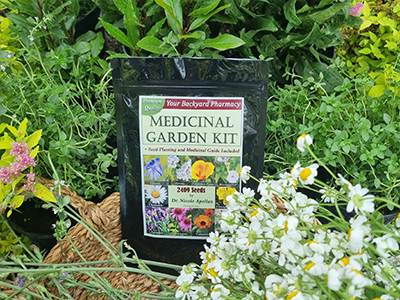
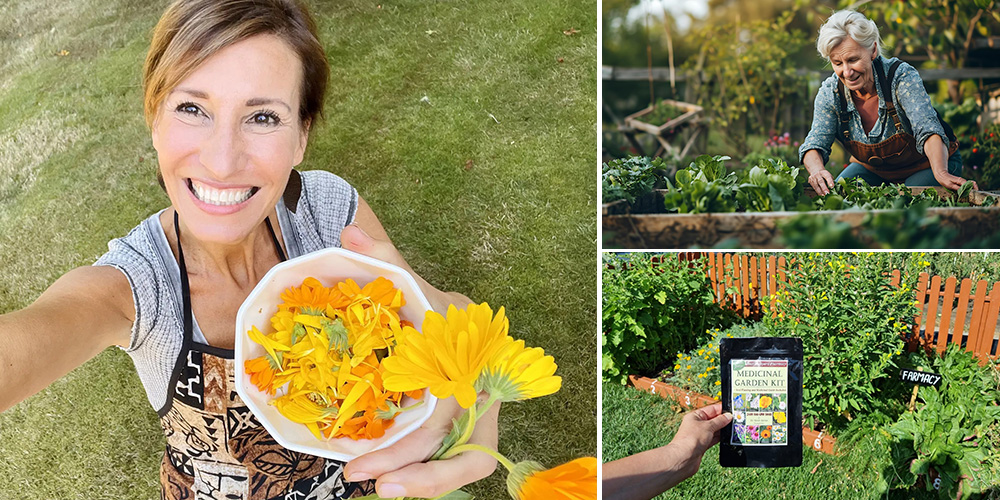
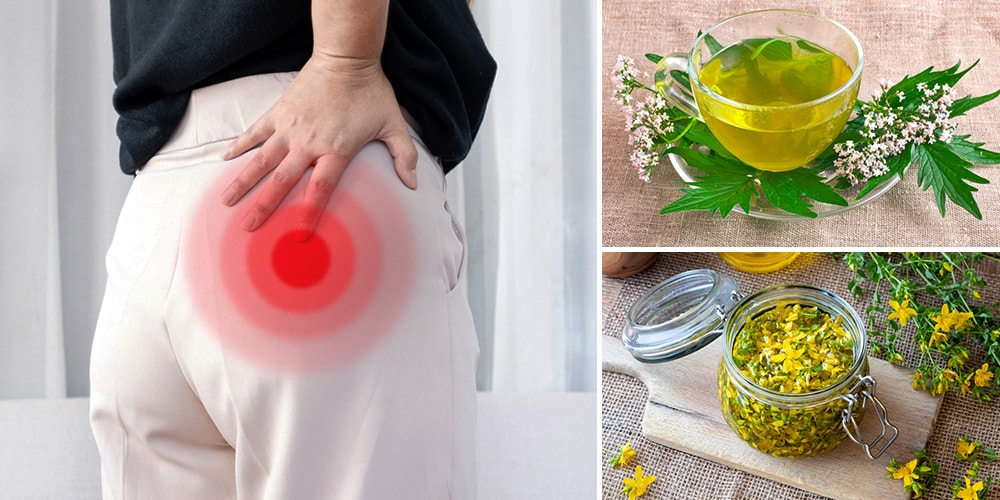

These are great posts, but is there a way to easily print out the actual recipes on one sheet of paper?
Hi Patty,
Thank you so much for bringing this to our attention! We raised this issue to our IT Team and we will definitely come up with a solution to improve the Print feature.
Many blessings and good health!
This would be great! Why did I never think of this. I used plaintain once when my daughter was a baby and got a horse fly bite. It worked better than anything. Since then, I have used bentonite clay. My mother always used baking soda, but bentonite clay would stick better. Great idea to combine! Will try!
Hi Sharon,
Thank you so much for sharing this! We’re happy to hear the bug bite recipe is helpful to you.
Many blessings and good health!
These are great. I live in northern Alberta so our growing season is short. We still get bit by bugs!
Hi James,
We’re glad to hear you enjoy this recipe. Let us know if you’ll use it.
Many blessings and good health!
What is the best herbal remedy for sugar level
Hi William,
This article might be helpful to you.
https://thelostherbs.com/9-natural-remedies-that-people-with-diabetes-will-find-useful/
Many blessings and good health!
Can’t wait to get the ingredients and try. I am a professional gardener, I work on a lot of bush block gardens, so I constantly get bitten by things. Unfortunately, I am also allergic to a lot of things bees, wasps, ants, and ticks. Carrying cream or liquid-style soothing, drawing agencies on me can be troublesome due to heat or leaking and my backpack can often be 20 or more meters away from me when needed. This I could put in a small flat pouch and carry in one of my many pockets.
Can you make the paste with plain water?